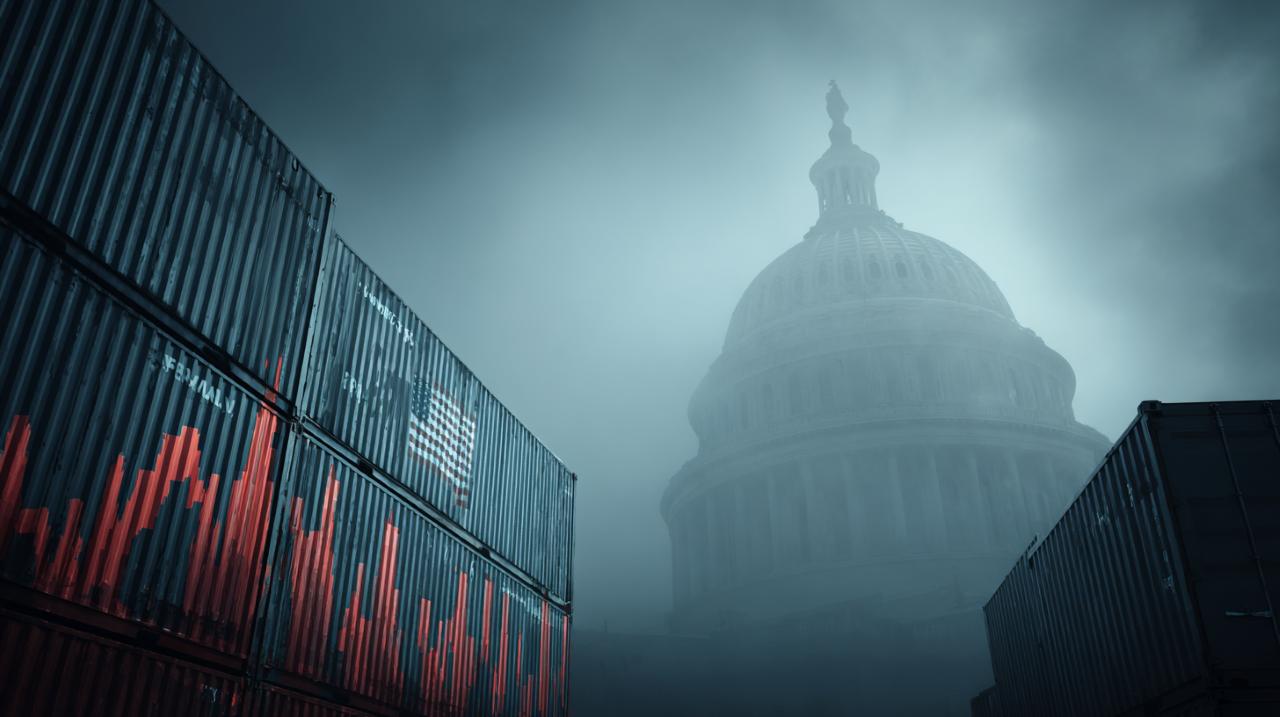
The Numbers Behind the Jolt
June’s inflation report landed with a thud: consumer prices are now rising at a 2.7% annual rate, up from 2.4% in May.
For months, economists and policymakers have been watching the data, waiting for the impact of the Trump administration’s new tariffs to show up in the numbers. Now, the wait is over. The cost of living is climbing, and the reasons are as much about geopolitics as they are about groceries and gas pumps.
The details matter. Core inflation, which strips out the volatile food and energy categories, is running even hotter at 3% year-over-year. The main culprit? Goods prices, which are finally reflecting the higher costs of imported materials and products as tariffs ripple through supply chains. Services, from hotels to medical care, are also ticking up, but the goods side is where the tariff story is most visible. Some categories, like autos, are bucking the trend for now, with falling prices offsetting some of the upward pressure elsewhere, but that’s more a quirk of timing and demand than a sign of relief to come.
Tariffs: From Policy to Price Tag
For years, the debate over tariffs has been a tug-of-war between theory and reality. Would higher import taxes really make it to the checkout counter? The June data suggests the answer is yes, and the effect is no longer theoretical. The administration’s tariffs—10% on most imports, 25% on foreign cars, and over 50% on Chinese goods—are now “undeniable” in the inflation data, as Pantheon Macroeconomics put it.
But the story isn’t uniform. Some analysts, like those at Nomura, argue that while certain tariff-sensitive goods are rising in price, the overall impact is still muted and may intensify later in the year. The uncertainty is palpable, and it’s not just economists who are feeling it. Consumer sentiment has taken a hit, with the University of Michigan’s index dropping 18% since December. People are noticing the pinch, even if the full brunt of tariffs hasn’t yet arrived in every aisle.
The Fed’s Dilemma: Wait, Watch, or Act?
The Federal Reserve is caught in a classic bind. Inflation is above its 2% target, but the central bank has held rates steady all year, wary of moving too soon or too late. The bond market is betting on a rate cut in September, but the Fed’s own signals are more cautious. Chair Jerome Powell and his colleagues are waiting for more clarity—will the tariff-driven inflation be a short-lived spike, or the start of a new trend?
The Fed’s hesitance is understandable. If they cut rates too soon, they risk fueling inflation further. If they wait too long, they could choke off growth just as the economy is absorbing the shock of higher prices and slower global trade. The stakes are high, and the path forward is anything but clear.
The Broader Economic Picture: Growth, Uncertainty, and the Tariff Trap
The inflation spike comes at a delicate moment. Economic growth is already slowing, with forecasts for 2025 GDP growth hovering around 1.4%—a far cry from the post-pandemic rebound. Business investment is tepid, consumer spending is losing steam, and housing starts are down as mortgage rates hover near 7%. The tariff war is not just a headline; it’s a drag on real activity, with both imports and exports expected to shrink in the coming year.
Deloitte’s latest forecast sketches out three possible futures: a baseline where tariffs stay high and growth limps along, an upside where trade deals bring relief, and a downside where trade tensions escalate into recession. The baseline is sobering enough: higher tariffs, elevated interest rates, and a slow grind for both businesses and households. The downside is even starker, with a potential recession if trade talks collapse and the bond market loses faith in Washington’s ability to manage debt and deficits.
What’s Next? Navigating the Fog
So, what should we watch for as summer turns to fall? First, keep an eye on the Fed’s next moves. A rate cut in September is possible, but not guaranteed. Second, watch the political calendar—trade negotiations and tariff decisions are as much about November as they are about economics. Third, listen to consumers. Their confidence, or lack thereof, will shape spending and growth in the months ahead.
In the end, the story of inflation in 2025 is a story of uncertainty. Tariffs have finally shown up in the data, but their full impact is still unfolding. The Fed is on the fence, businesses are cautious, and households are feeling the squeeze. The only certainty is that the next chapter will be written not just in Washington or Beijing, but in the everyday choices of millions of Americans navigating a more expensive world.
